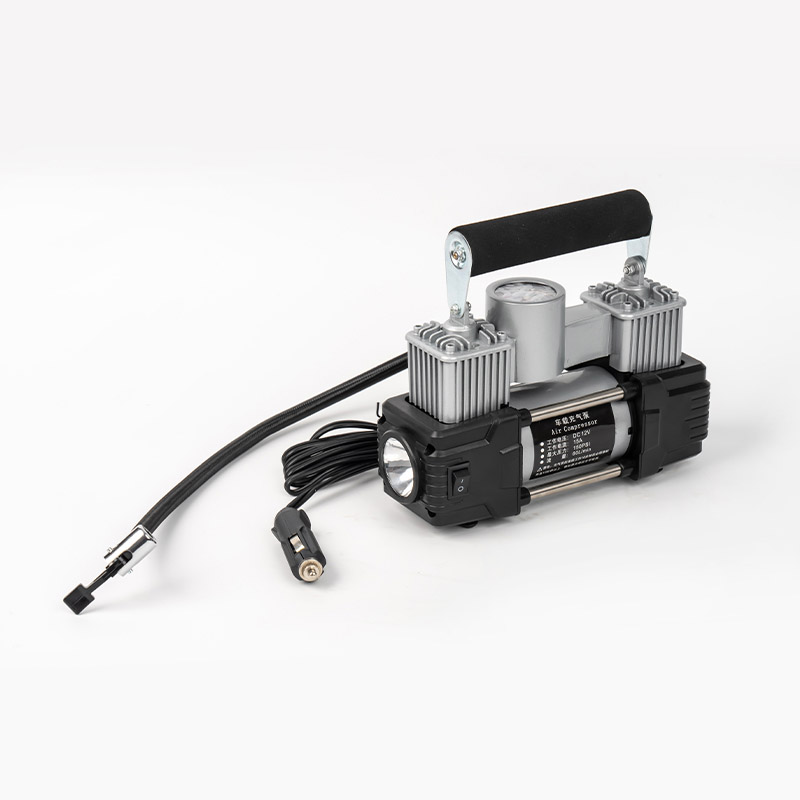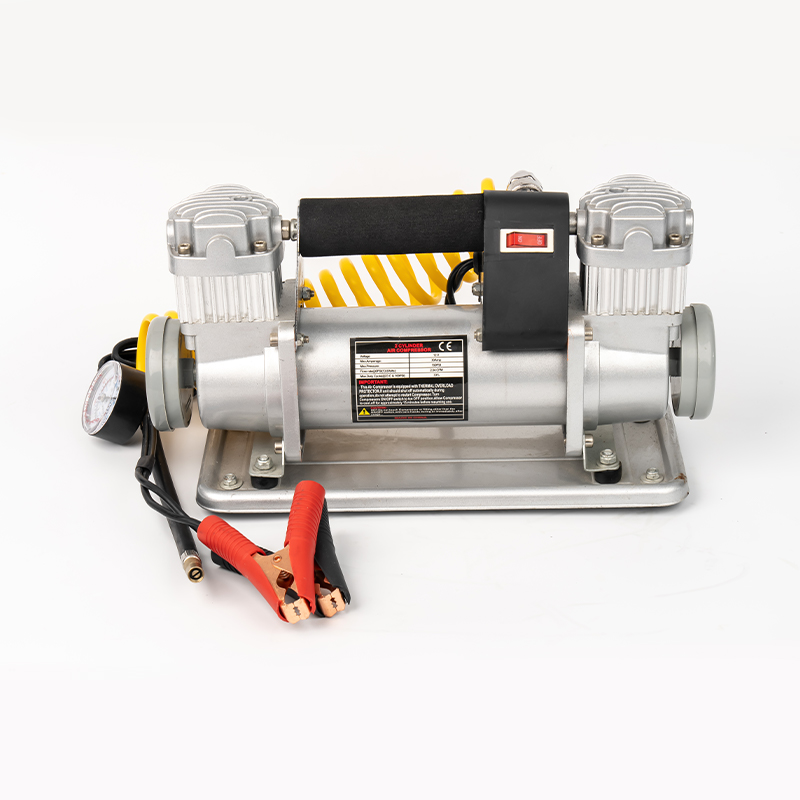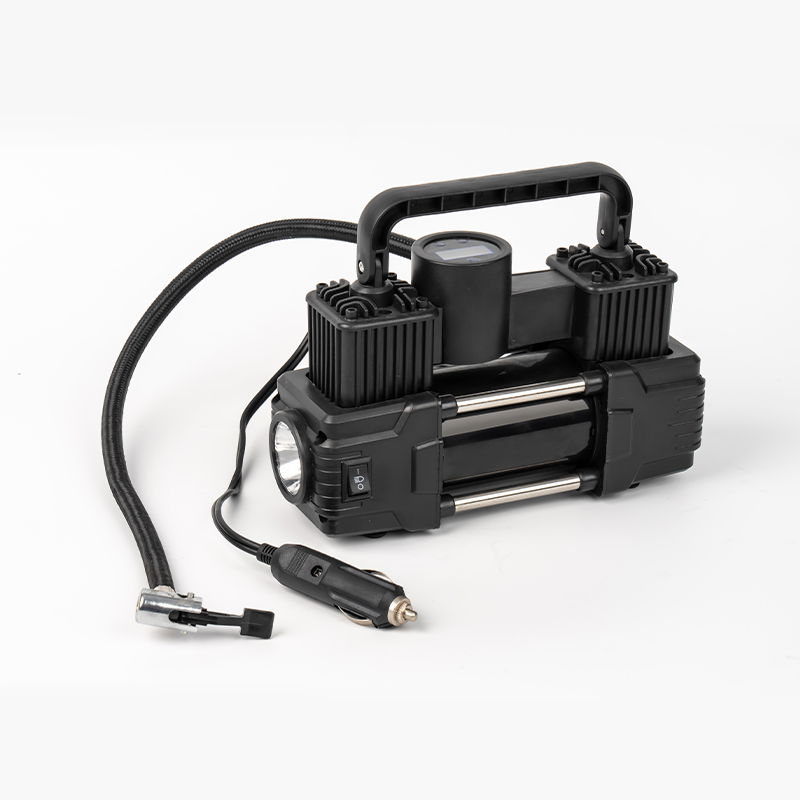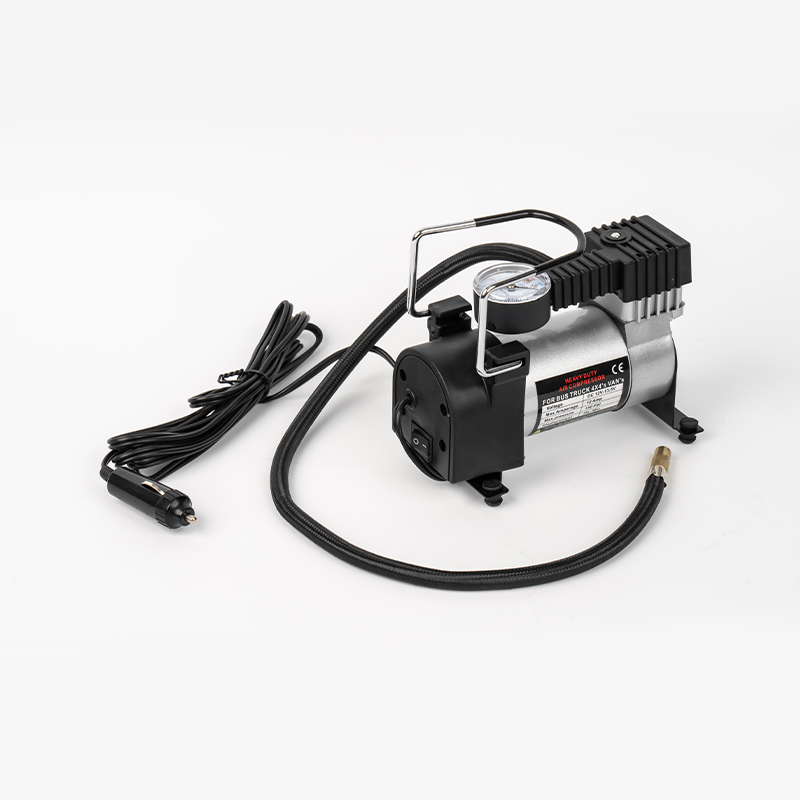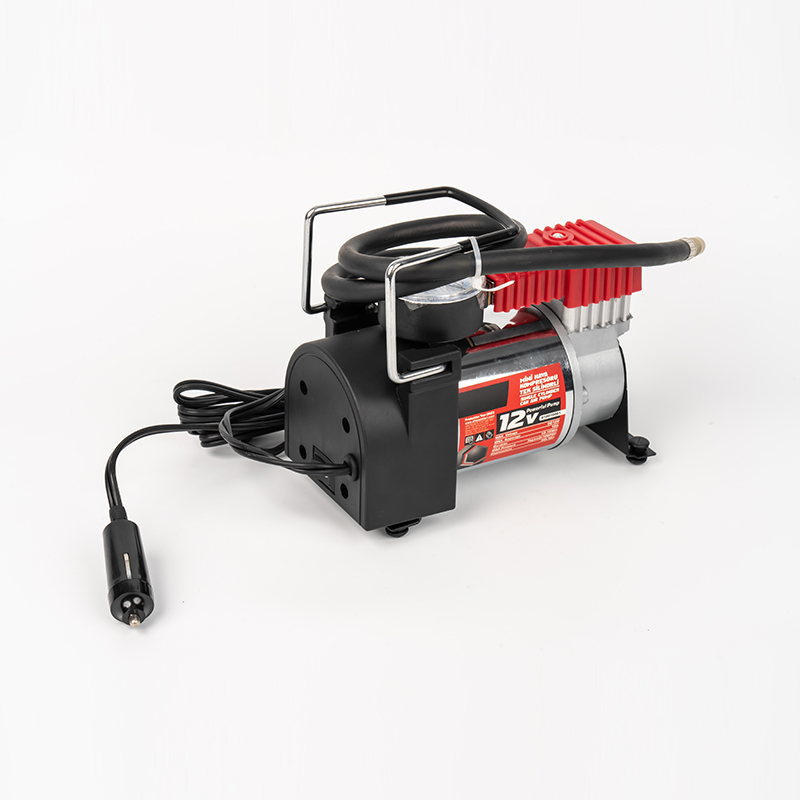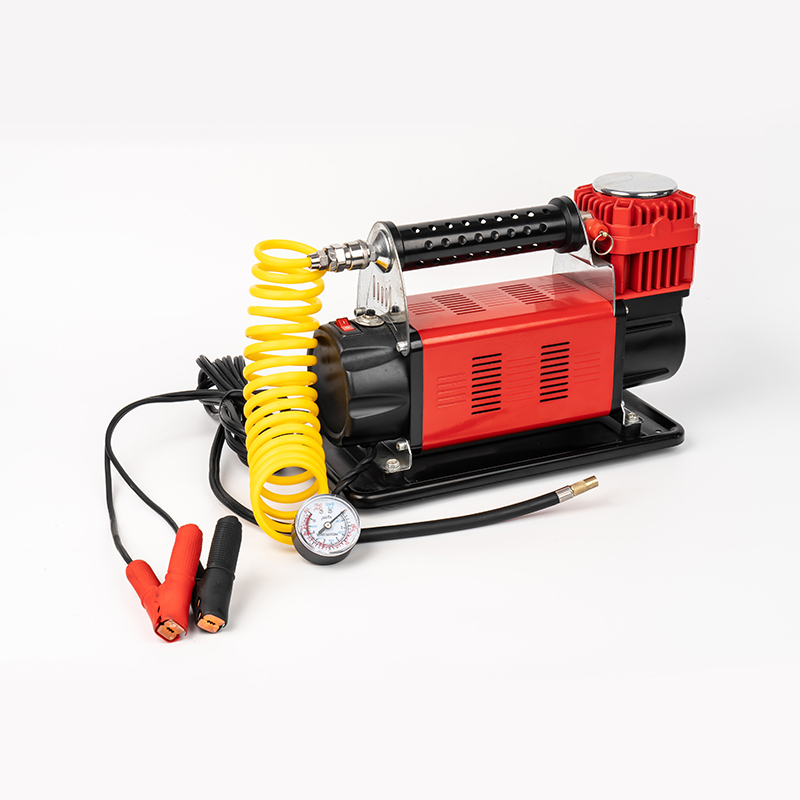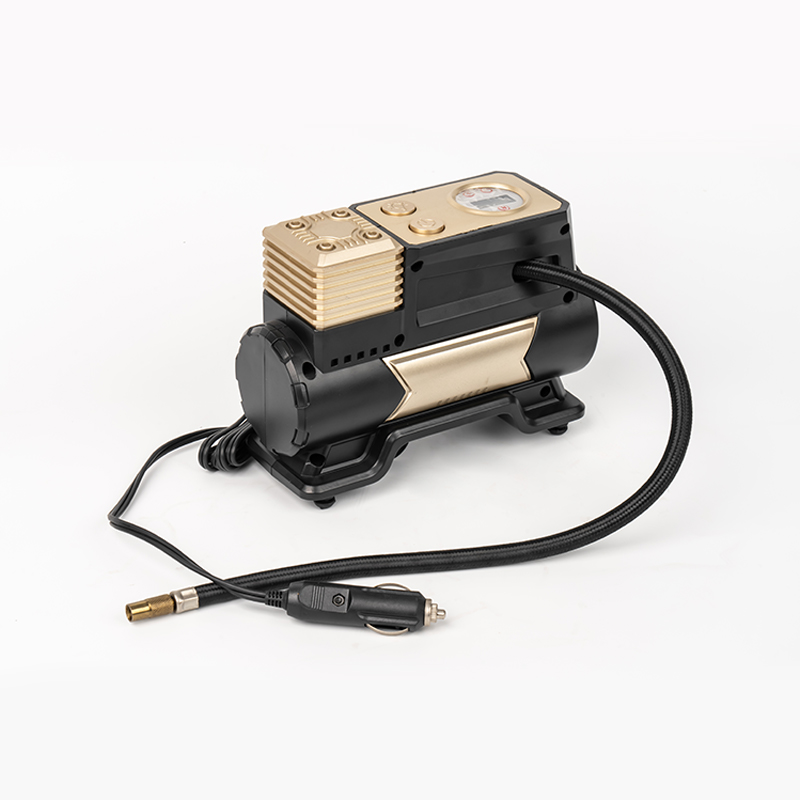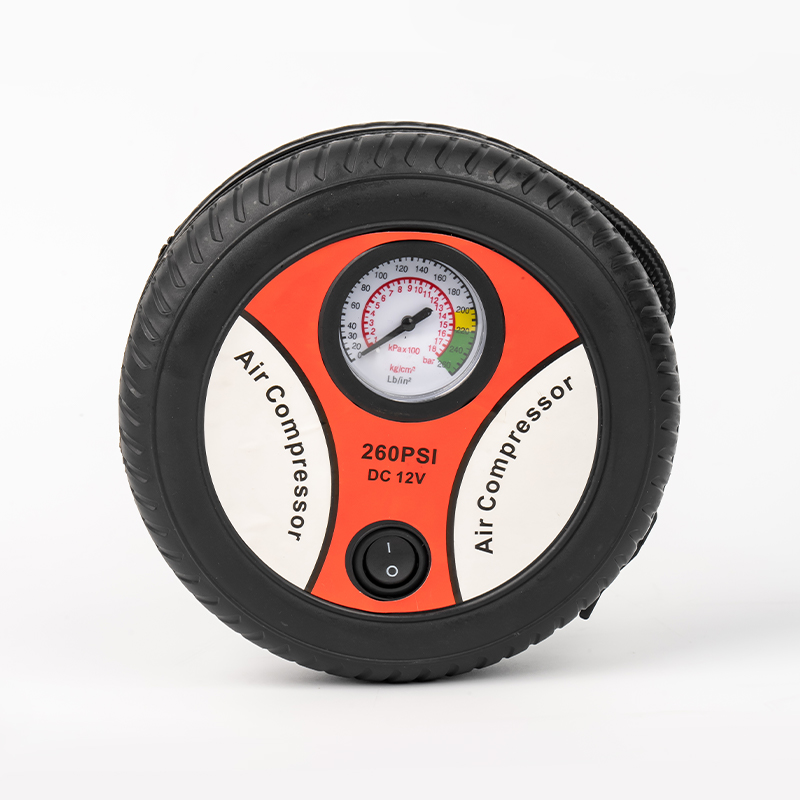The prospect of maintaining proper tire pressure can be daunting for new car owners or those unfamiliar with automotive tools. A common question arises: are tire inflators difficult for beginners? While initial apprehension is understandable, modern portable tire inflators are generally designed with user-friendliness in mind, making them surprisingly approachable with basic guidance.
Understanding the Initial Hurdles:
It's true that beginners might face a few initial challenges:
- Attachment: Connecting the air hose chuck securely to the tire valve stem can feel awkward. Ensuring the chuck is pressed down squarely to create a firm seal without depressing the valve core too early is crucial. Misalignment can cause air leakage and frustration.
- Reading the Gauge: Analog gauges require careful reading against markings, while digital displays are generally clearer. Understanding the units (PSI or BAR/KPA) and interpreting the reading accurately is fundamental.
- Setting the Target Pressure: Knowing the correct pressure for your specific vehicle's tires (found on the driver's door jamb sticker or owner's manual) is essential before starting.
- Overinflation Fear: Worries about accidentally putting in too much air and causing a blowout are common, though modern inflators have features to mitigate this.
Why Operation is More Accessible Than Perceived:
Despite these potential hurdles, several factors make tire inflators suitable for beginners:
- Intuitive Design: Most portable inflators boast a simple control panel: an ON/OFF switch, sometimes dedicated controls for preset pressure or continuous mode, and a clear gauge. The air hose and chuck are typically straightforward components.
- Automation Features: Many modern inflators offer significant automation:
- Digital Presets: Set your desired PSI (e.g., 35 PSI), attach the chuck, and start the inflator. It automatically shuts off when reaching the target pressure. This greatly simplifies the process and reduces overinflation risk.
- Clear Visual Indicators: Bright LED displays, backlit gauges, and sometimes even indicator lights for low pressure or completion make operation clearer, especially in low light.
- Short Learning Curve: The core process is simple:
- Remove the valve stem cap.
- Attach the inflator's chuck firmly to the valve stem (listen/feel for a firm seal).
- Turn on the inflator.
- Monitor the gauge until reaching the target pressure (or rely on auto shut-off).
- Turn off, quickly remove the chuck, and replace the valve cap.
- Portability and Ease of Use: Designed for home and roadside use, these units are compact, often powered via the car's 12V socket, and require minimal setup beyond plugging in and attaching the hose.
Beginner's Guide to Success:
Following these steps minimizes difficulty:
- Know Your Target: Always check your vehicle's recommended tire pressure (cold) first.
- Cold Tires Matter: Check and inflate tires when they are cold (not driven for several hours) for accurate readings.
- Prep the Valve: Remove the cap and quickly wipe any debris from the valve stem core.
- Secure Attachment: Push the chuck straight down onto the valve stem firmly until you feel/hear it seal properly. Avoid depressing the pin excessively before starting.
- Power Up: Plug into the car's accessory socket (ensure the ignition is usually in the "ON" or "ACC" position) and turn on the inflator.
- Monitor Carefully: Watch the gauge closely. If using auto shut-off, wait for it to stop. If manual, stop periodically to check pressure (briefly remove the chuck – it will hiss as pressure equalizes, then reattach if needed).
- Final Check: After inflation, quickly remove the chuck and use a separate, reliable tire pressure gauge (digital or high-quality analog stick gauge) for confirmation.
- Practice: Try using the inflator in your driveway first. Practice attaching the chuck and reading the gauge without the pressure of a flat tire.
While attaching the chuck firmly and accurately reading the pressure gauge require some initial attention, automotive tire inflators are not inherently difficult for beginners to operate. Modern designs prioritize simplicity and increasingly incorporate automation features like digital presets and auto shut-off, significantly reducing the learning curve and margin for error. The key lies in understanding your vehicle's required pressure, familiarizing yourself with the inflator's specific controls (refer to the manual), and practising the attachment process. With minimal preparation and following basic steps, beginners can confidently and safely maintain proper tire pressure, contributing significantly to vehicle safety, fuel efficiency, and tire longevity. The difficulty barrier is largely perception, easily overcome with a practical approach.

 English
English Español
Español عربى
عربى Türk
Türk
